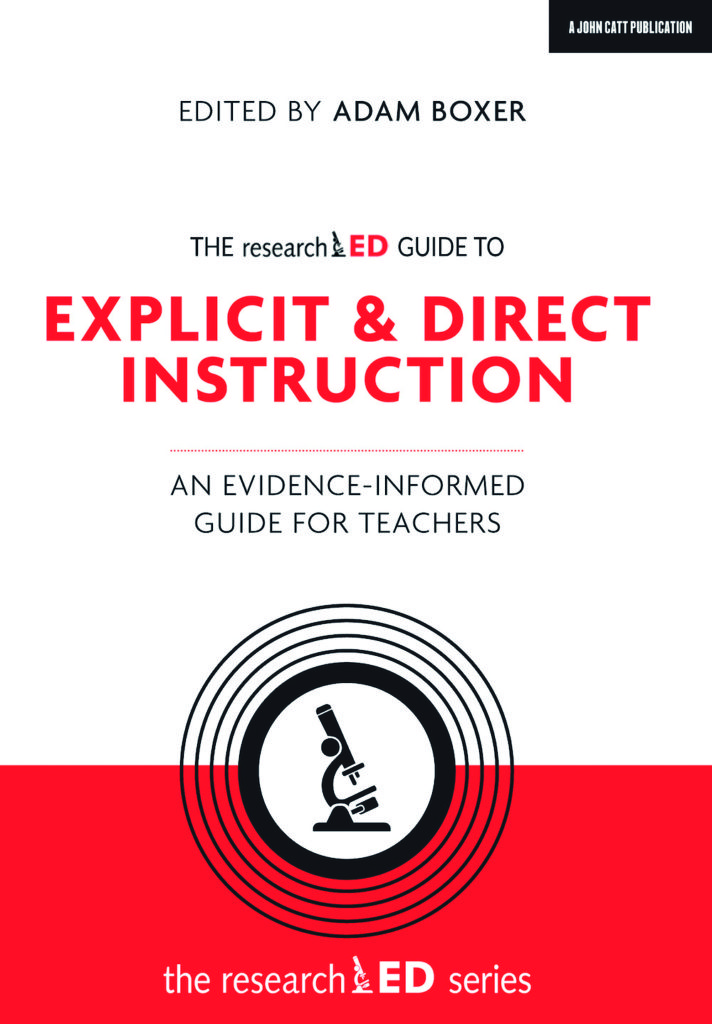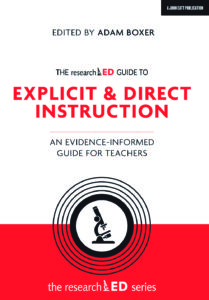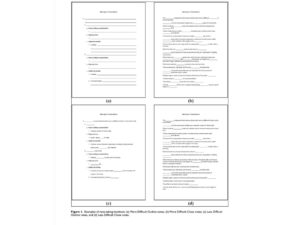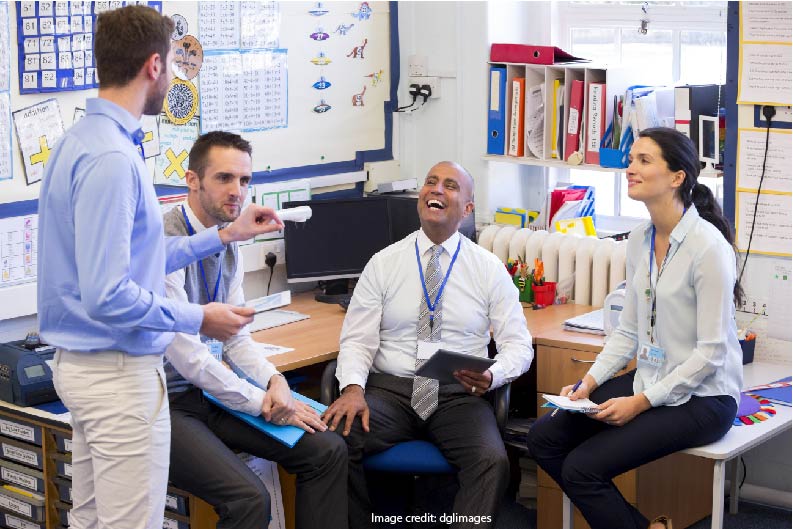According to Richard Mayer’s “multimedia principle,”
People learn better from words and pictures than from words alone.
If that’s true, then we should — obviously — be sure to include pictures in our teaching.
However…
Whenever we see a broad principle like that, we should always look for specific limitations.
That is…
… does this principle apply to kindergarteners as well as 5th graders and adult learners?
… does it apply for students with an ADHD diagnosis?
… is it true when teaching Civil War history, theorems about similar triangles, and bunting strategies?
And so forth.
Researchers call such limits “boundary conditions,” and we should ALWAYS look for boundary conditions.
So, let’s look at that broad principle ( “pictures + words” > “words”) and ask this boundary question:
Does the content of the picture matter?
Possibilities and Perils
Happily, one of the people asking that question is…Richard Mayer himself.
In his career, he’s come up with a whole suite of useful principles. And, he spends lots of time looking for boundary conditions.
Specifically, in a usefully straightforward study, he and Eunmo Sung study several different kinds of images:
Instructive images: “directly relevant to the instructional goal.”
I’m teaching Macbeth right now, and focusing on the play’s tension between order and chaos. So, I might show students a picture of Scotland’s craggy wildernesses (chaos) and one of a highly structured royal ceremony (order).
Seductive images: “highly interesting but not directly relevant to the instructional goal.”
A movie version of Macbeth — starring Denzel Washington and Frances McDormand — just came out. I could show my students a picture of these two movie stars on the Red Carpet at an Oscar ceremony.
Decorative images: “neutral but not directly relevant to the instructional goal.”
Macbeth can be a grim play: so much beheading, so much unseaming. So: I could include pictures of waterfalls and sunrises on my handouts to raise my students’ spirits a bit.
Once we start exploring these potential boundary conditions — perhaps not all images benefit learning equally — we might get even more useful guidance about combining words and images.
Predictions and Results
Sung and Mayer measured the effects of such images on students’ learning AND on their enjoyment of a lesson.
Take a moment to make some predictions on your own.
Which, if any, of those graphics will help students learn more?
Which, if any, will help students enjoy the lesson more?
[I’ll pause while you think about those questions.]
Perhaps you, like Sung and Mayer, predicted that ALL the images would increase students’ enjoyment.
And perhaps you predicted that the INSTRUCTIVE images would help students learn, but not the others.
Sure enough, you and they were right. Students LIKE images, but LEARN FROM images that focus their attention on the learning goal. (If you’re interested in the specific numbers, look at the 6th page of the study.)
We should, I think, focus on this key finding: students do not always learn more when they enjoy a lesson more.
We shouldn’t deliberately make our lessons dull.
But: we shouldn’t assume that an enjoyable lesson necessarily results in more learning. In this case, those photos of Macbeth movie stars piqued my students’ curiosity and interest, but didn’t help them learn anything about the play.
Three Final Points
First: the benefits of dual coding have gotten lots of attention in recent years.
To get those benefits, we should remember these boundary conditions. Dual coding helps if — and only if — the images highlight the learning goal.
Second: a recent meta-analysis about “seductive details” nicely complements this study.
Third: Like many teachers, I see the good and the vile in Twitter.
Yes (YES!!), it can be a sink of repulsive yuckiness.
And (surprise!!), it can also be supportive and helpful.
I bring up this point because: a wise soul on Twitter mentioned this Sung & Mayer study recently, and reminded me of its importance.
I can’t remember who brought it up (I would credit that tweep if I did), but I’m grateful for the nudge.
Such useful research! Such helpful guidance!
Sung, E., & Mayer, R. E. (2012). When graphics improve liking but not learning from online lessons. Computers in Human Behavior, 28(5), 1618-1625.






















